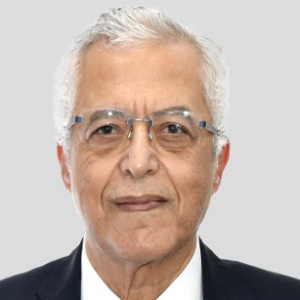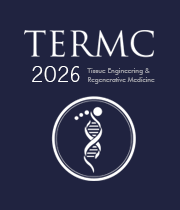In Vitro & In Vivo Approaches
Tissue engineering and reconstructive plastic surgery use common denominators to fix, improve, and sustain tissues and their functions. This can be accomplished by the use of autologous tissues in the form of flaps or transplants. Autologous tissue, on the other hand, is not always usable. This is one of the reasons for the growing interest in tissue engineering among plastic surgeons, which has resulted in beneficial cross-fertilizations between the areas. Tissue engineering is an interdisciplinary field that applies engineering and biological science ideas to the development of biologic substitutes that preserve, restore, or improve tissue functions. Tissue equivalents can be created for both clinical and in vitro testing purposes. For a variety of fundamental and practical reasons, the development of in vitro screening systems based on human cells and tissues has lately accelerated. First and foremost, there are ethical considerations to keep the number of test animals to a bare minimum.

Nagy Habib
Imperial College London, United Kingdom
Lucie Bacakova
Institute of Physiology of the Czech Academy of Sciences, Czech Republic



Title : AI-integrated high-throughput tissue-chip for space-based biomanufacturing applications
Kunal Mitra, Florida Tech, United States
Title : Stem cell technologies to integrate biodesign related tissue engineering within the frame of cell based regenerative medicine: towards the preventive therapeutic and rehabilitative resources and benefits
Sergey Suchkov, N.D. Zelinskii Institute for Organic Chemistry of the Russian Academy of Sciences, Russian Federation
Title : In vitro evaluation of lyophilized Dedifferentiated Fat cells (DFAT) impregnated artificial dermis
Kazutaka Soejima, Nihon University, School of Medicine, Japan
Title :
Nagy Habib, Imperial College London, United Kingdom
Title :
Alexander Seifalian, Nanotechnology & Regenerative Medicine Commercialisation Centre, United Kingdom
Title : The regenerative medicine of the future
Marco Polettini, DVM, Italy